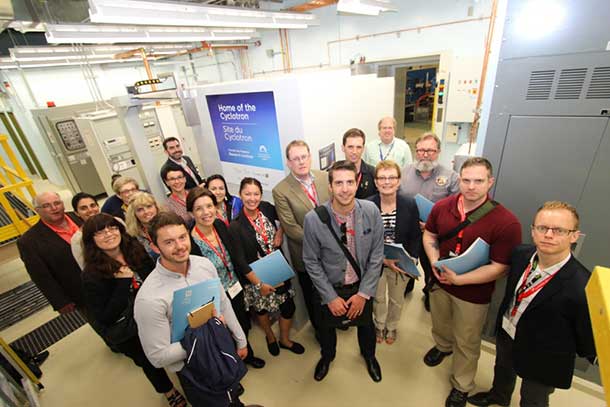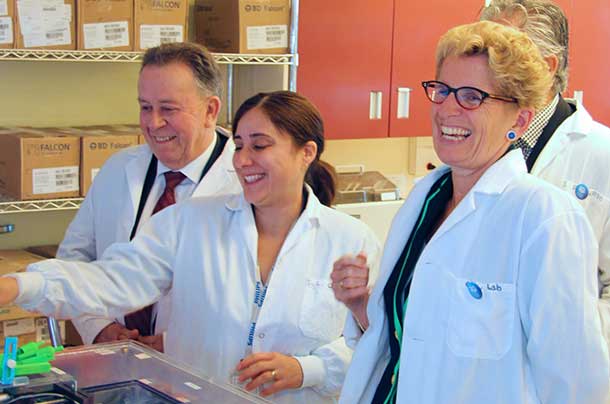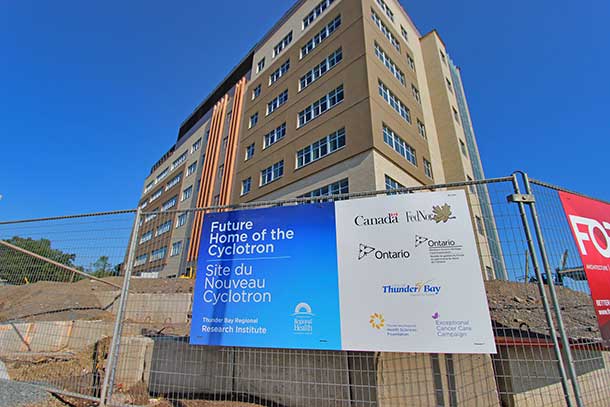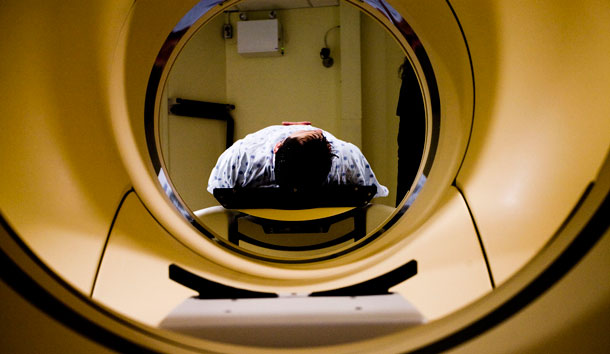THUNDER BAY – Health News – The Thunder Bay Regional Research Institute unveiled its new Strategic Plan 2012-2016 this fall, keeping its emphasis on what it calls patient-centred research in the field of medical imaging. To do this, the plan outlines three major goals: Impact through Excellence in Imaging, Enabling of Research Strategic to the Thunder Bay Regional Health Sciences Centre, and Economic Growth and Sustainability.
“We are the research arm of the Thunder Bay Regional Health Sciences Centre,” said Keith Jobbitt, Chair of the TBRRI Board. “In the end, the patients and people of Northwestern Ontario will be the beneficiaries.”
Keith Jobbitt, Chair of the TBRRI Board of Directors, says research here positively impacts patients here.
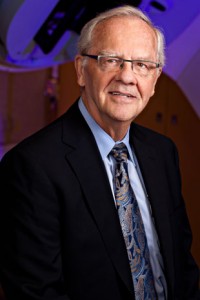
With this approach, not only is research for tomorrow’s treatments guided by patient need right from the very beginning, but that research has an impact on patient care today as well.
“Research is important not only because it promotes discovery, but it also permits us to have equipment that we wouldn’t normally have, such as the PET/CT scanner or the new cyclotron,” said Andrée Robichaud, President and CEO of the Health Sciences Centre. “The importance that not everyone recognizes is that we have the best equipment right here in Northwestern Ontario, thanks in large part to research.”
Dr. Michael Wood, CEO of the TBRRI and VP of Research for the Health Sciences Centre, said that another way to keep research focused on patient need is to encourage collaborations between scientists and clinicians.
“We can see connections with a basic scientist who’s advancing a particular technology and needs a clinical partner to make sure that the technology as it develops addresses the right patient need,” Wood said.
That’s already happening. For example, TBRRI scientist Dr. Mitchell Albert – co-inventor of hyperpolarized (HP) Xenon MRI, one of the most promising imaging breakthroughs in the world for certain applications – is working with Dr. Birubi Biman, a respirologist at the Health Sciences Centre who wants to use the technique for imaging the lungs of patients with asthma, COPD, cystic fibrosis, and other lung diseases.
The TBRRI has come a long way since it was founded five years ago, reaching goals that others thought might take 20 years to achieve. Currently there are 14 research scientists (and growing), and over 100 employees working in 70,000 square feet of research space. It has generated about $100 million in economic development for the region, and has put the Health Sciences Centre onto the list of the Top 40 Research Hospitals in Canada.
With a new emphasis on commercialization of some of those early inventions and a relentless focus on business opportunities, the economic benefits as well as the patient benefits will continue to grow.
“What I think is particularly exciting about the next five years is that we are a world leader in medical research… and I think the best is truly yet to come,” said Michael Gravelle, Ontario Minister of Natural Resources and MPP for Thunder Bay-Superior North at the unveiling of the TBRRI’s new strategic plan.
“We’re extremely proud of our new Strategic Plan,” Dr. Wood said. “TBRRI has many partners and supporters to thank for its growth and success. Without believers at every level – municipal, federal, and national – we could not advance our academic and research mandate and lead healthcare innovation and delivery.”
Your donation helps too. The Health Sciences Discovery Fund of the Thunder Bay Regional Health Sciences Foundation supports research activity here. Donations help bring discovery to life. To learn more, please visit www.healthsciencesfoundaiton.ca.




